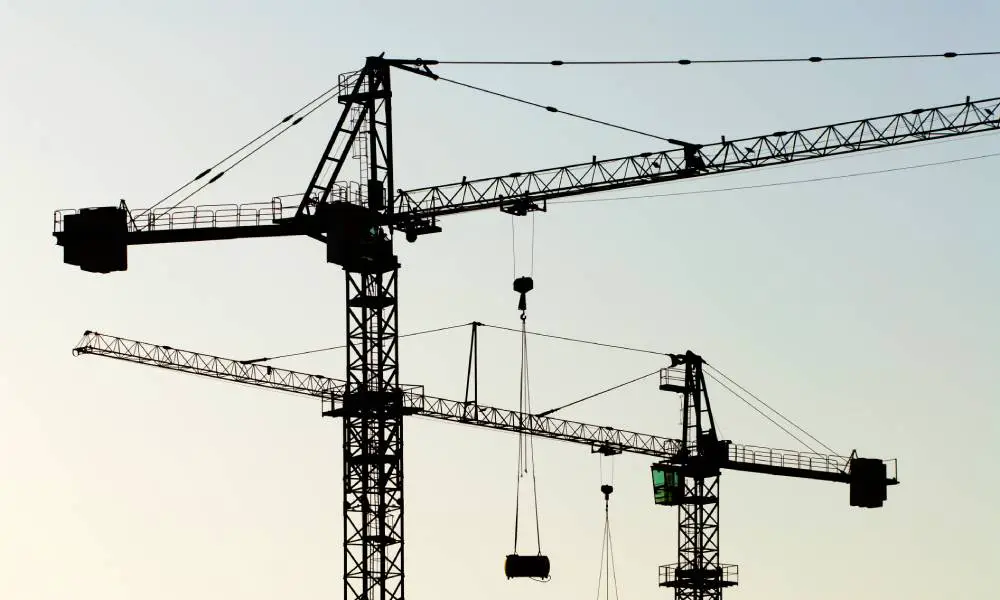

Construction cranes are one of the most essential tools in the modern world as they play pivotal roles in reshaping cityscapes and enabling ambitious architectural feats. However, despite their visibility, these towering machines are often taken for granted. Here, we’re going into greater detail, exploring a few interesting facts about construction cranes and their hard work for the modern world.
Construction cranes trace their origins back to ancient Greece, where they were first used around 500 BC. These simple wooden structures with pulleys revolutionized construction, enabling the creation of iconic architecture like the Parthenon.
Fast forward to today, cranes have evolved into technological marvels, incorporating advanced hydraulic systems and powerful engines. This evolution has made it possible to build taller skyscrapers and more complex structures than our ancestors could have imagined.
Did you know that construction cranes hold their own set of records? The Liebherr LR 13000 crane, for example, is currently the tallest and most powerful in the world.
Standing at an astounding height of 807 feet with a lifting capacity of 3,000 metric tons, it’s a feat of engineering excellence. Cranes like this make construction projects of enormous proportions, such as oil rigs or nuclear power plants, achievable.
While cranes primarily move heavy construction materials, their role isn’t confined to traditional building projects. They’ve lifted sunken ships from the ocean floor, supported massive public art installations, and aided in disaster recovery operations by moving mass amounts of debris. Their versatility underlines their importance in construction and in problem-solving for seemingly impossible challenges.
Modern cranes increasingly reflect the construction industry’s efforts to reduce environmental impact. Electric cranes, for instance, are gaining popularity in urban areas to minimize emissions and noise pollution. Many crane manufacturers are also exploring ways to integrate renewable technologies, including solar panels, into their designs to make crane operations more sustainable.
Even with cutting-edge safety innovations, adhering to an essential crane safety checklist remains fundamental. Regular inspections, clear communication between crane operators and ground crews, and proper load management are just a few ways to maintain safety on-site. Organizations that prioritize these measures meet regulatory requirements and foster a safer working environment.
Construction cranes are more than just towering machines; they embody progress, innovation, and resilience. From their ancient beginnings to their current role in modern industry, cranes have continually evolved to meet the demands of a changing world. Which of these interesting facts about construction cranes did you find most fascinating?
Is it time to revamp your food delivery process? Learn actionable ways restaurants can improve…
Key Takeaways: Recognizing the problem is the first critical step toward recovery. Support networks and…
We often think of communication as verbal — what we say, how we say it,…
The benefits of martial arts go beyond improved fitness. Discover five rewards of martial arts…
Safety should be every business leader’s priority. Discover four essential factors that create safer manufacturing…
Discover key reasons your renovated kitchen no longer looks good, and learn how to regain…